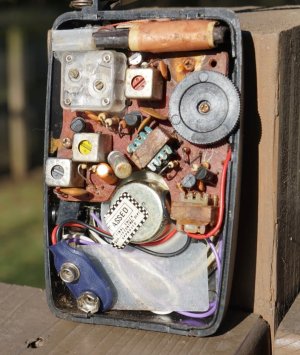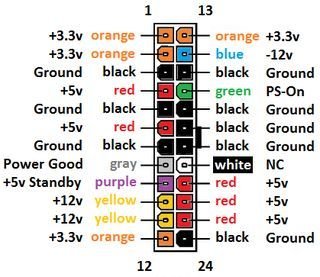thinwater
Well-Known Member
Yes ... but that is not what ISO says. US influence? Or historic UK practice? Seriously, I'm curious.Not sure I agree with that, red & black is seen almost universally in very low voltage (eg 5-24v DC) wiring, hifi, amateur radio, battery chargers, LED supplies etc I've ever opened the lid on.





